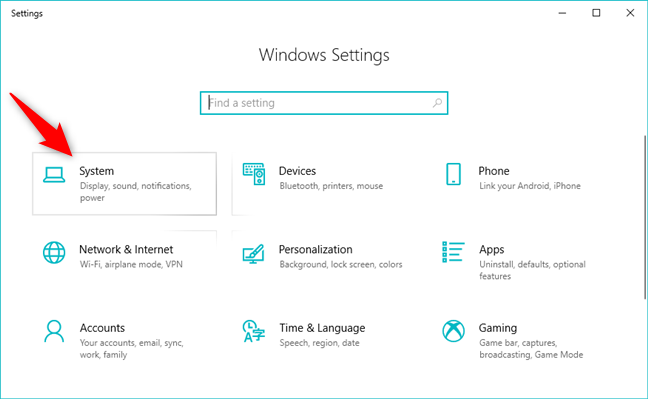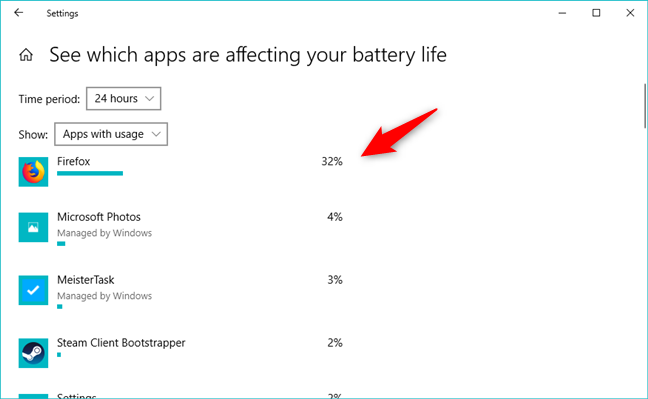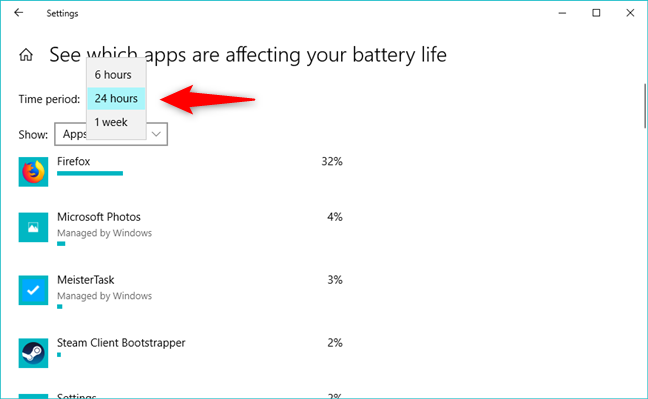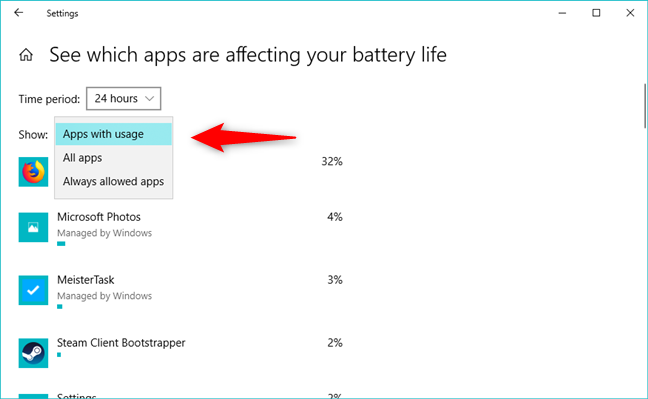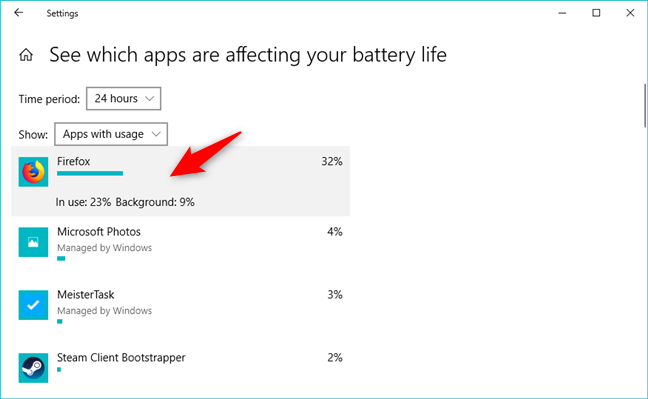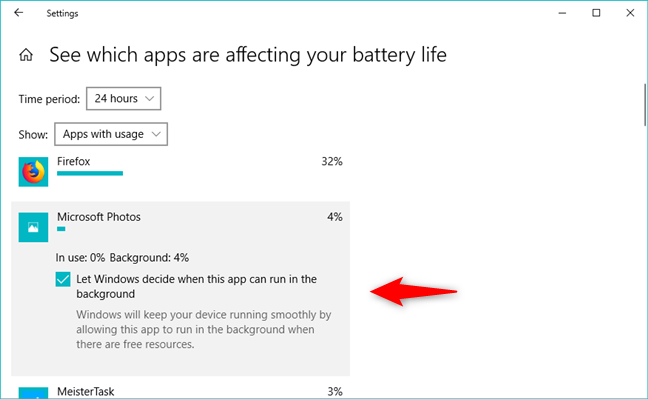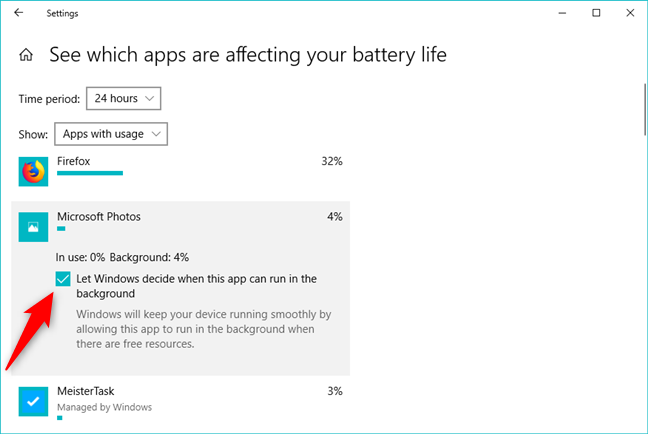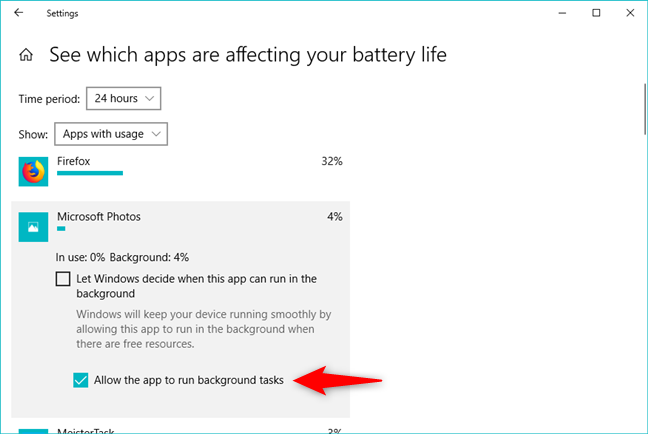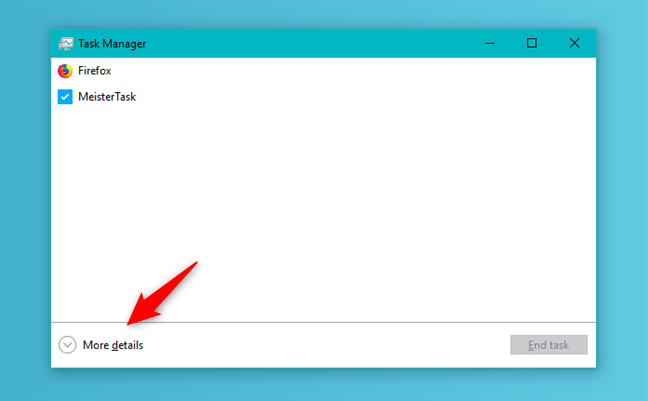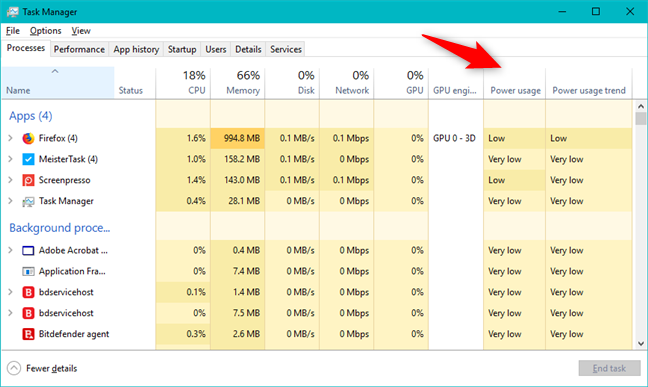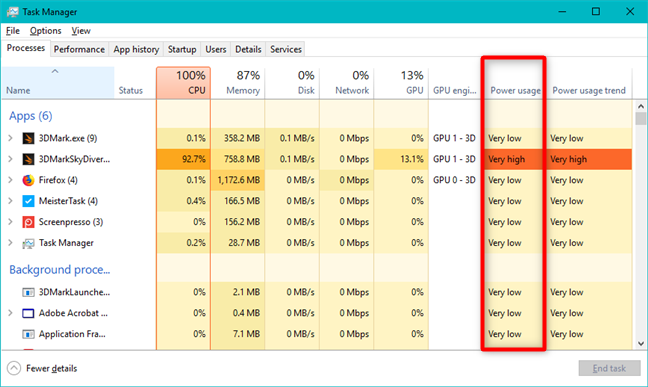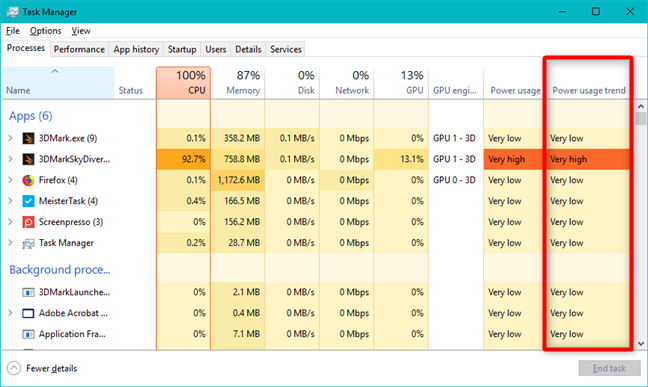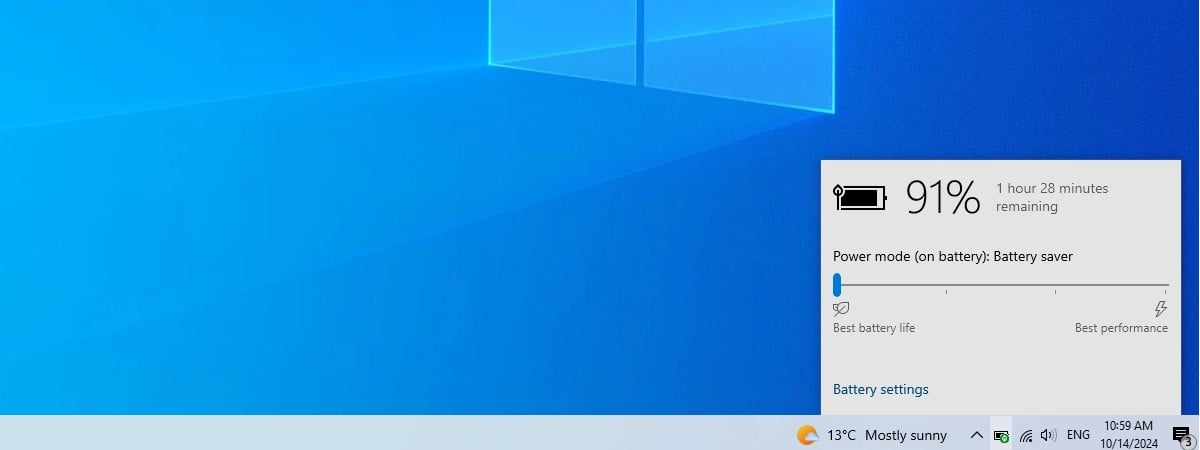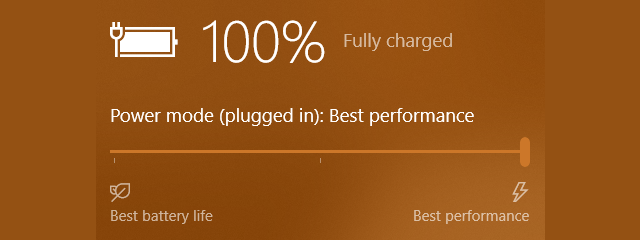
Most smartphones and tablets offer ways of finding out which apps drain their batteries. However, Windows devices did not have this feature in the past, and there was no easy way to discover which apps consumed the most power on our laptops or tablets. However, newer versions of Windows 10 have brought new features that change all that. Now, there are two ways in which you can find which apps consume your battery and thus help you improve your mobility. Here is how to see what app draw the most power and which of them drains your battery most.
1. How to see which apps drain your battery the most, using the Windows 10 Battery Settings
Start by opening the Settings app: a quick way to do it is to click or tap on its button from the Start Menu. Then, open the System category of settings.
On the left side of the window, choose Battery. Then, on the right side of the window, in the Overview section, you should see a link that says "See which apps are affecting your battery life." Click or tap on it.
The Settings app opens a new page on which, by default, it shows you the "Apps with usage" (of battery) from the last 24 hours. For each of the apps listed, you can see on their right side the percentage of battery that they used during the selected time frame.
You can change the "Time period" and set it to 6 hours, 24 hours or 1 week.
Also, you can configure the apps list to Show only the:
- "Apps with usage" displays just the apps that consumed battery power during the selected time frame. If you do not see an app in this list, it means that that app did not use any power during that time.
- "All apps" displays all the apps on your Windows 10 device, regardless of whether they drew any power from your battery.
- "Always allowed apps" shows a list of apps that you have previously set to be allowed always to run, including in the background, even if you do not use them actively. You can set this option only for Windows universal apps, not for traditional desktop apps.
In the apps list, if you want more details about the battery usage of a certain app, click or tap on it. When you do that, Windows 10 shows you how much battery it consumed while the app was "In use" and how much battery power it needed while working in Background.
If the app you choose is not a desktop app, Windows 10 also lets you control how it runs in the background.
By default, Microsoft Store apps are set to "Let Windows decide when this app can run in the background." That means that Windows can set that app by itself to run in the background only when there are free resources.
However, if you have apps that you want to always run in the background, regardless of whether your device has enough free resources or not, untick this setting.
Then, you can "Allow the app to run background tasks," which means that the app can always work in the background, even if your Windows 10 device might not have enough resources to keep on running smoothly.
Make sure you remember that this means that the apps you set this way can drain your battery faster when your Windows 10 device is not connected to an AC power source.
2. How to see which apps drain your battery the most, using the Windows 10 Task Manager
The Task Manager offers another useful method to see which apps drain your battery. However, it is different from the one available in the Battery page from the Settings app. The Task Manager is better if you want to get power usage information in real time. Let's see how it works:
Open the Task Manager - a quick way to do it is to simultaneously press the Ctrl + Shift + Esc keys on your keyboard. Then, if the Task Manager opens in its compact view, click or tap on the "More details" button from the bottom-left corner.
Make sure that the Processes tab is selected. Then, on the right side of the Processes tab, you should see two columns called "Power usage" and "Power usage trend."
The "Power usage" column shows you information in real time about how much power every process draws. Some apps can draw quite a high amount of power, and those are the ones that you have to keep an eye on, to see if they misbehave and drain your battery faster than the others.
The "Power usage trend" gives you an idea of the general direction in which an app's power usage is going to, in time.
Note that the "Power usage trend" column gather power usage information throughout two minutes so when you open the Task Manager you must wait for two minutes to see it.
Which apps drain the battery of your Windows 10 laptop/tablet the most?
Now you know how to check and see which apps drain your battery the most on your Windows 10 devices. Do you like the fact that you can do that? Does it help you optimize your Windows 10 device so that it stays on longer while running on battery? Comment below and share your perspective.


 30.01.2019
30.01.2019 